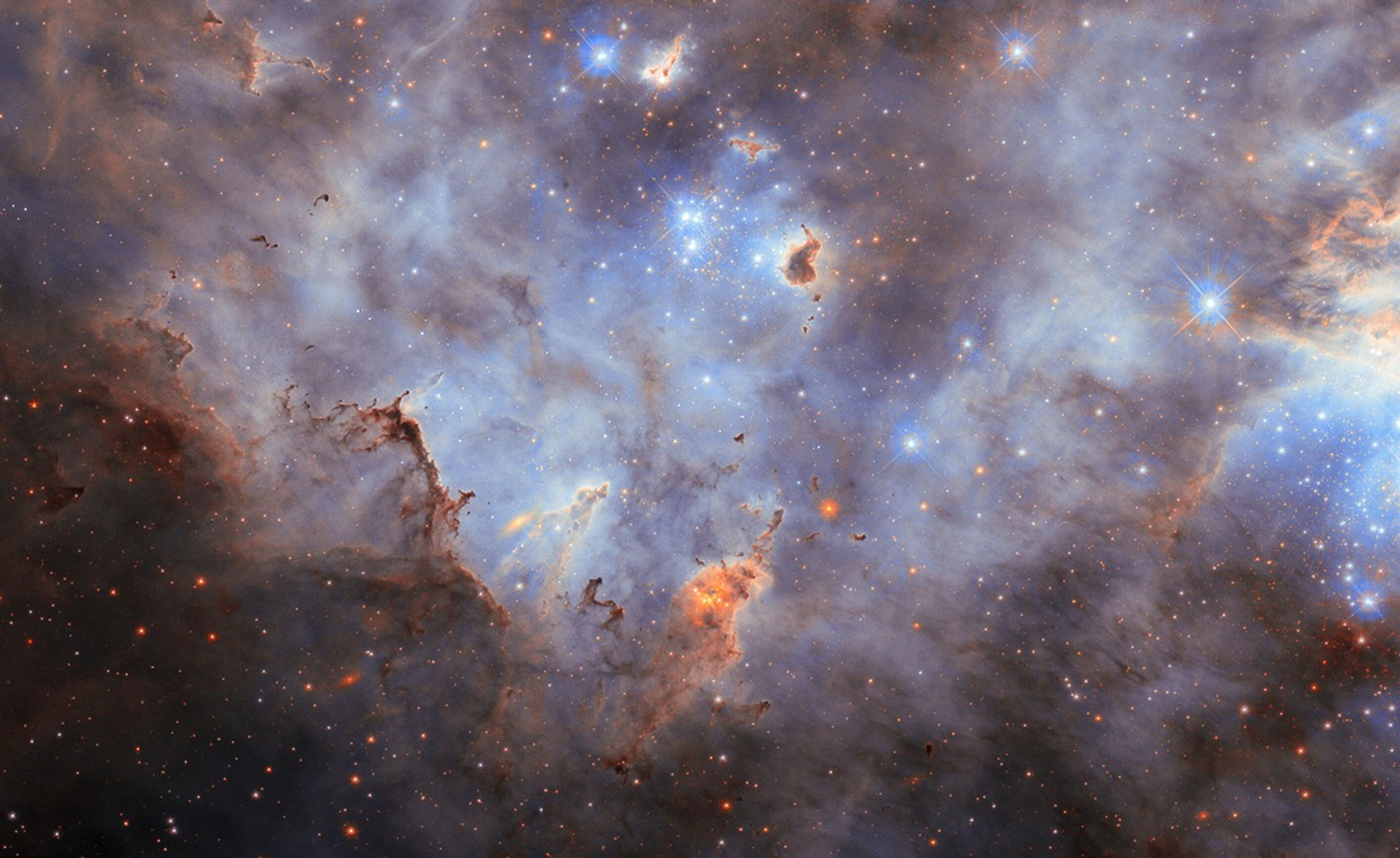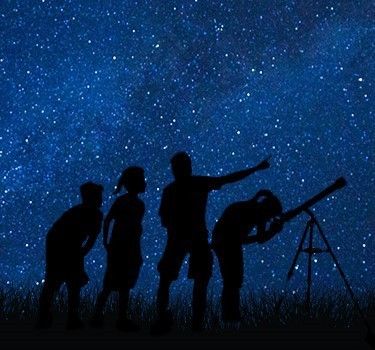Hubble Surveys Cloudy Cluster
- Hubble Surveys Cloudy Cluster: A new image from NASA/ESA Hubble Space Telescope features a cloudy starscape from an impressive star cluster in the Large Magellanic Cloud, a dwarf galaxy about 160,000 light-years away.
- The image showcases the second-largest star-forming region in the galaxy, called N11, where gas clouds coalesce into new stars and are sculpted by powerful ultraviolet radiation.
- Hubble’s longevity is demonstrated by this image, which combines observations made roughly 20 years apart using different cameras: Advanced Camera for Surveys (2002-2003) and Wide Field Camera 3 (recent).
- The Hubble Space Telescope has revolutionized our understanding of the universe since its 1990 launch, with a focus on nebulae, star-forming regions, and the night sky.
- Today’s image is just one example of the many groundbreaking discoveries made possible by Hubble’s advanced technology and observational capabilities.
2 min read
Hubble Surveys Cloudy Cluster
This new NASA/ESA Hubble Space Telescope image features a cloudy starscape from an impressive star cluster. This scene is in the Large Magellanic Cloud, a dwarf galaxy situated about 160,000 light-years away in the constellations Dorado and Mensa. With a mass equal to 10–20% of the mass of the Milky Way, the Large Magellanic Cloud is the largest of the dozens of small galaxies that orbit our galaxy.
The Large Magellanic Cloud is home to several massive stellar nurseries where gas clouds, like those strewn across this image, coalesce into new stars. Today’s image depicts a portion of the galaxy’s second-largest star-forming region, which is called N11. (The most massive and prolific star-forming region in the Large Magellanic Cloud, the Tarantula Nebula, is a frequent target for Hubble.) We see bright, young stars lighting up the gas clouds and sculpting clumps of dust with powerful ultraviolet radiation.
This image marries observations made roughly 20 years apart, a testament to Hubble’s longevity. The first set of observations, which were carried out in 2002–2003, capitalized on the exquisite sensitivity and resolution of the then-newly-installed Advanced Camera for Surveys. Astronomers turned Hubble toward the N11 star cluster to do something that had never been done before at the time: catalog all the stars in a young cluster with masses between 10% of the Sun’s mass and 100 times the Sun’s mass.
The second set of observations came from Hubble’s newest camera, the Wide Field Camera 3. These images focused on the dusty clouds that permeate the cluster, providing us with a new perspective on cosmic dust.
Media Contact:
Claire Andreoli (claire.andreoli@nasa.gov)
NASA’s Goddard Space Flight Center, Greenbelt, MD





